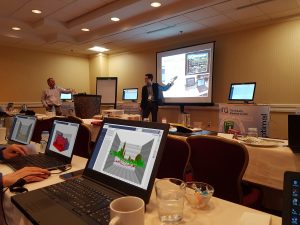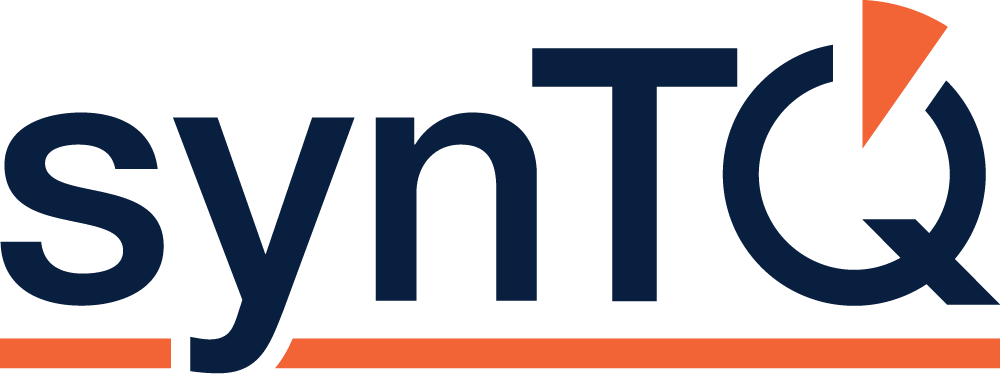
The synTQ software suite from Optimal is becoming the default PAT implementation platform for the industry, and is necessarily drawing a lot of attention – as seismic shifts in the way pharmaceutical and life science companies go about their business are few and far between. The influence of those changes is of course likely to be profound.
The synTQ platform, in combination with encouragement from the FDA, is fuelling a paradigm shift away from typically slower batch orientated development and production cycles toward higher-speed continuous processes. There are substantial benefits for those who complete this changeover such as massively increased production capacity from the same manufacturing footprint, improved quality and consistency, reduced development and manufacturing costs as well as real-time release of manufactured product, which will shorten time to market. This is a rare instance of a genuine win-win situation, with increased availability for the consumer and a potentially shorter ROI via substantial efficiency gains for the producer.
Optimising the implementation and execution of a PAT orientated working methodology
This is precisely why Optimal’s synTQ User Group Meetings are significant, as they focus on optimising the implementation and execution of a PAT orientated working methodology. The synTQ User Group Meeting in Maryland USA this April was particularly busy thanks to the maturing and widespread deployment of V5.0 which represented a big revision for the core platform and the GUI.
The two day event offered a chance for Optimal to unveil new features for synTQ V5.0, many of which were developed as a direct result of feedback from previous user events and customer discussions. In addition to more feedback, a forum was provided for discussions encompassing user specific case studies. With synTQ partners and users travelling from as far as Korea and Japan to take part in the event, attendance was high, and included a number of global pharmaceutical and automation majors who utilise synTQ in their current R&D and production processes.
User presentations were made by among others; Hubertus Rehbaum Consulting, Rutgers University, Lilly, BMS and Janssen all discussing their experiences with the platform.
There are many new features for synTQ V5.0, and amongst them include a new real time MSPC viewer and user configurable Control Charts that not only detect when your process is moving out of control, but can also take action to correct the situation. Each feature is designed to improve user experience, and has been spurred both by user feedback and in-house discussion. Operational experience was shared showing how synTQ is enabling manufacturers of pharmaceutical products to slash development and manufacturing times via the utilisation of PAT.
Comment
Martin Gadsby, Director at Optimal Industrial Automation commented: “The aim of these user group events is to generate interaction and information sharing between synTQ users, and therefore highlight how synTQ is being used now, how it could be used in the future and how we need to further develop the product to achieve this. Many techniques and case studies were shared between attendees, while we were also able to gain valuable feedback that will be used to help steer the direction of new developments. User feedback was overwhelmingly positive, and we look forward to a continued productive partnership with our clients as we push the platform forward.”
How does PAT software work?
synTQ enables the production of pharmaceuticals (or other processed products such as chemicals or food), by accurately predicting product Critical Quality Attributes during manufacture using non-destructive techniques that typically involve multivariate as well as univariate data acquisition and interpretation in real time. The predicted quality values can then be used to control the process immediately to optimise product quality and production rates. This is very different to traditional production where the process is controlled purely on measured process parameters (temperature, pressure, flowrate etc.), and NOT the product quality until the process is complete. The use of PAT can therefore be the ‘holy grail’ in that it can deliver time and cost benefits whilst also improving product quality! The end result can be a move from batch to continuous production, but in any event production is backed by holistic quality assurance, which can open up the possibility of Real Time Release for pharmaceuticals.
Equally applicable to research and development work, continuous and batch production processes – synTQ has found wide ranging use in the pharmaceutical, chemical, food & beverage and life science industries.

Recent Comments